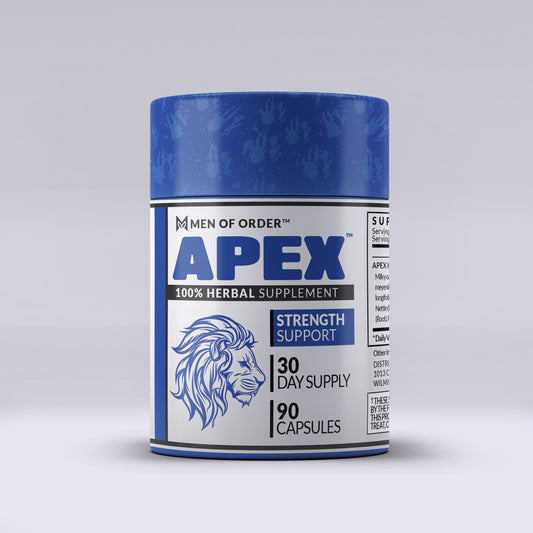With the new year almost here, let's look at some critical steps to get your computer ready for 2023.
Updates, updates, updates!
To get your computer ready for 2023, make sure your machine is patched with the latest updates. Windows, macOS, or Linux updates contain patches that fix bugs and security flaws.
Major OS updates do not need to be installed right away, but if there is a recent patch for the current one you are on, you should install it ASAP.
Hackers attack computers that aren't protected by the latest vulnerabilities.
If you're worried about software not working right after an update, check with the software manufacturer. Their patch notes will tell you if the newest update is safe.

Upgrade the Hardware
You can get more life out of a computer than companies want you to believe. Minor hardware upgrades can go a long way.
Start with upgrading the RAM. 8GB and up is pretty much the benchmark for most machines, anything less than that and processes get slow.
Check the model of your computer to see the max RAM allowed. DDR4 or DDR5 RAM is the best choice, anything less is a downgrade.
Next up is storage. With everything in the cloud now, you may not need more space, but accessing files should be faster.
If you have an older machine, consider a solid-state drive. These drives are much faster because they have no spinning discs. M.2 and SATA SSD drives are the most common.


Change Your Passwords
Changing your passwords is one of the most important things you can do to get your computer ready for 2023.
Hackers are counting on passwords to stay the same. You should update the password of your most frequently visited sites.
Secure passwords should include numbers and symbols, and upper and lower-case characters.
Avoid adjacent keyboard combinations or repetitive characters – passwords like “qwerty”, “123456”, or “AAAA”. When hackers use brute force or dictionary attacks, this makes things much easier to crack.
And if you can add multifactor authentication with your passwords, that's even better.

Run an Anti-virus Scan
Throughout 2022, you've probably browsed dozens of websites with ads or trackers. You more than likely have downloaded videos, documents, and more.
With all that action on your storage drive, it's not a bad idea to run an anti-virus scan on it.
Scans on your boot drive can take a while, but it's important to make sure there are no corrupted files hanging around.
"Quick" scans are faster, but they don't scan deep enough. Set aside a few hours and run a full anti-virus scan.
A good anti-virus program can run while you work without slowing things down.

Delete Junk
Make sure you do some spring cleaning on your storage drives. Delete any files you don't need or store them someplace else.
The downloads folder is a great place to start. There are a lot of files that can linger there over time.
Another folder that causes trouble is the Temp folder. These folders contain launch configurations and cached data for applications.
Operating systems are set to clean this folder out automatically, but you may need to do it manually.
Windows users can find the Temp folder at C:\Windows\Temp.

Wrapping Up
Install the latest updates on your computer.
Consider a RAM and storage drive upgrade.
Change the passwords to important websites, especially financial ones.
Run a full scan on your boot drive and any other external drives. And delete any unnecessary files.
















